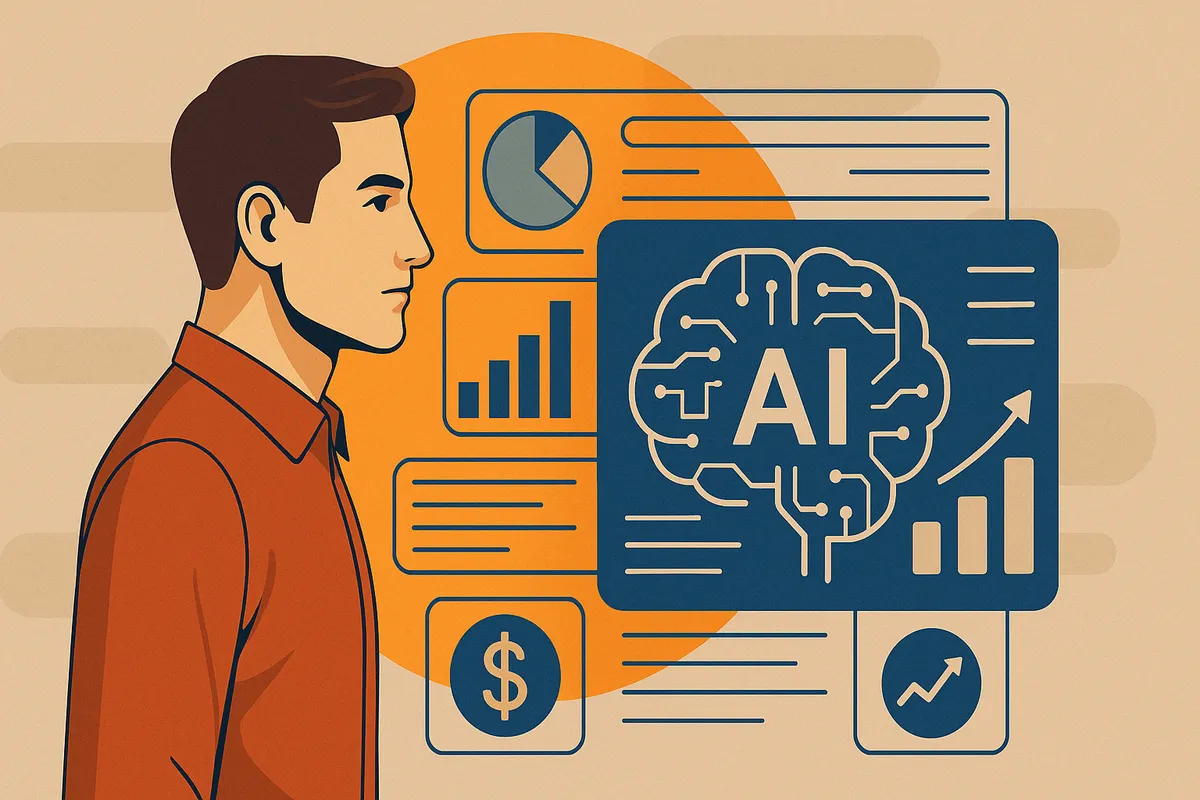Potential New Job Role: The AI Stack Architect

With almost every tech organization now integrating language and machine learning models into their stack, a whole new layer of decision-making has been added to the project management workflow.
Decisions such as:
- Large or small language models or something else entirely
- Fine-tuned for a specific use case vs general-purpose models
- Region and cost trade-offs
- Long-term compatibility
- Support options
- Dozens of benchmarking criteria, including performance
- Open source vs paid
- Compliance with a variety of data security policies
- Ease of deployment vs long-term cost efficiency
- Seamless switching and model modularity
- And many, many more...
And that’s just for running a simple RAG use case at the enterprise level. Imagine the complexity when building specialized, high-stakes workflows.
The ecosystem is growing faster than most teams can standardize. OpenAI, Anthropic, Meta, Google, HuggingFace, LangChain, Pinecone, Weaviate, Vectara, Unstructured, Guardrails, and many more enter and evolve every few months.
We’re also seeing rapid deprecation and migration. Falling behind can risk getting slow, outdated, or breaking workflows.
In such a scenario, a new specialized role is emerging. Someone who:
- Understands both the technical and business sides of AI solutions
- Has a complete grasp of system architecture
- Can align choices with long-term product vision
- Understands pricing, ROI, and trade-offs
- Stays updated with the rapidly changing AI landscape
Let’s call this person an AI Stack Architect.
“But aren’t there alternatives?”
Tech architects or DevOps teams can do this.
Sure, they can. But with the explosion of options and the increasing demand for measurable ROI, this can no longer be a part-time responsibility.
Consider this: choosing between open-source Mistral, a hosted Claude, or fine-tuning Llama 3 on proprietary data is no longer an infra decision, it’s product, infra, security, and strategy combined.Project/Product Managers can do this.
To some extent, yes. But with growing stack complexity and rapidly evolving APIs, the required depth is becoming unmanageable, especially in a world where product roles are shifting away from deep tech knowledge.
Things like managing multiple AI vendor relationships, tracking model deprecation cycles, and ensuring compliance across geographies aren’t feasible for a typical PM bandwidth.
More importantly, this role is about risk ownership. It’s not just choosing tools; it’s taking accountability for downstream implications on security, latency, bias, vendor lock-in, and user trust.AI agents will handle this.
Possibly. But who manages them?- Who ensures their recommendations aren’t biased?
- Who makes the final calls when trade-offs are unclear?
- Who aligns model decisions with business context?
Even GPT‑4 can tell you 10 model options, but it can’t pick the right one for your budget, your risk appetite, or your infra constraints without human oversight.
In the past, we’ve seen new roles emerge from new tech disruptions:
- Data Engineers emerged out of the Big Data wave
- MLOps came out of productionizing ML models
- DevRel roles gained traction with open source and community-driven ecosystems
This won’t be any different. It’s just a matter of time before tech organizations officially define this as a specialized role. As soon as enough pain accumulates in organizations from poor model decisions, this role will become inevitable.
Even when consolidation happens, someone will need to lead those consolidation decisions.
In fact, AI Stack Architects could eventually become part of every AI-first product team, just like how Data Architects are essential to data platforms today.
So if you’re someone who:
- Understands AI solutions end to end
- Has architectural depth
- Thinks in long-term product vision
- Knows how to balance cost and ROI
- And stays ahead of AI trends
… you might just be tomorrow’s AI Stack Architect.
That’s my best guess. Curious to hear what you think.
Image credit: GPT 4o